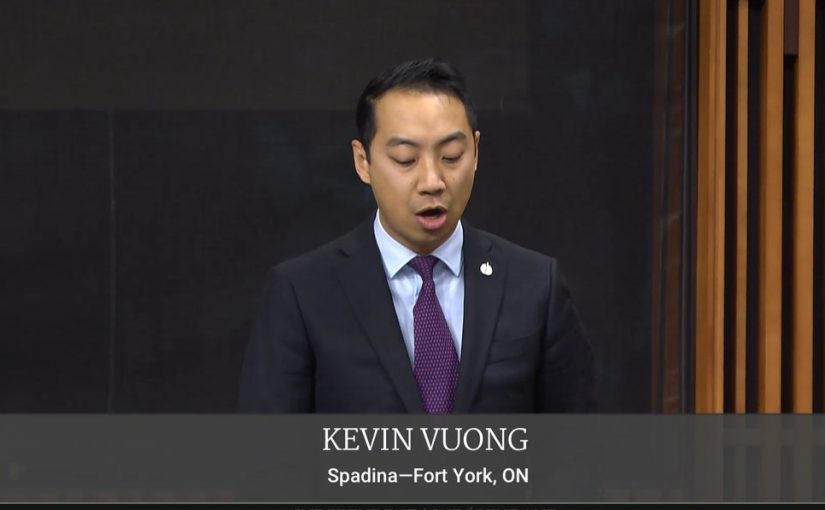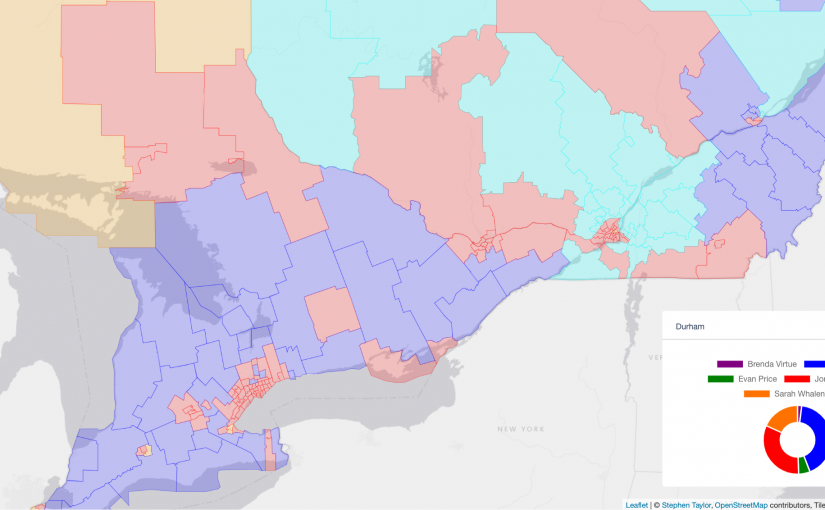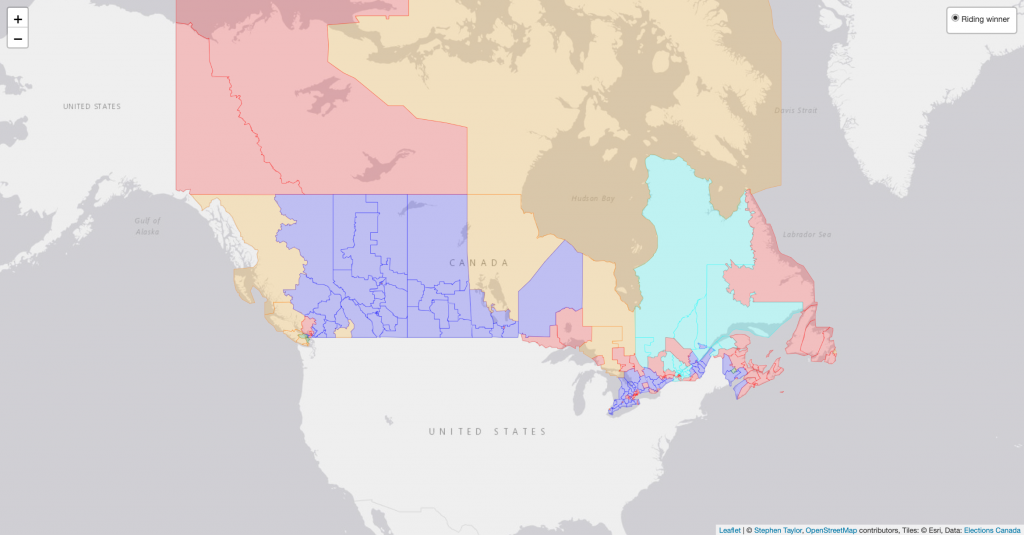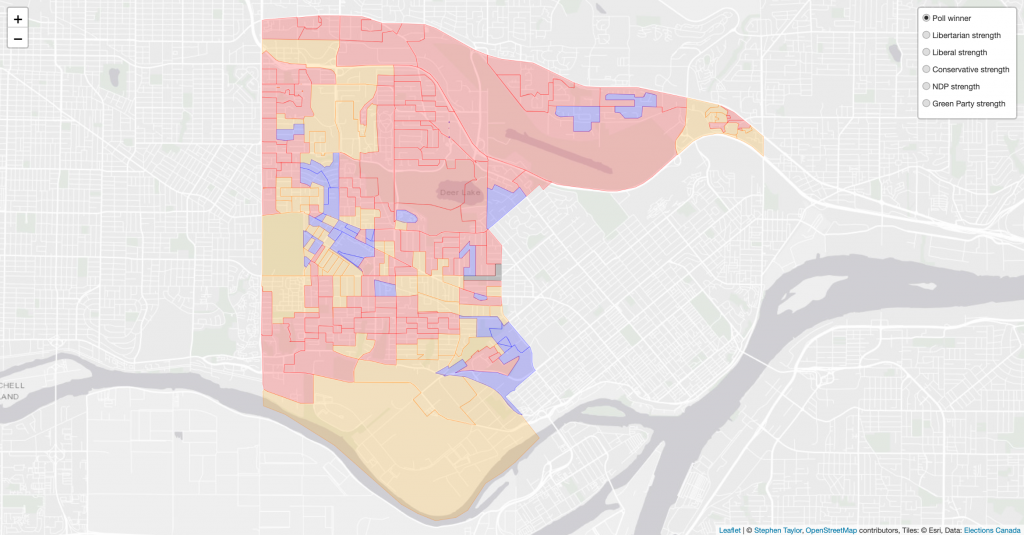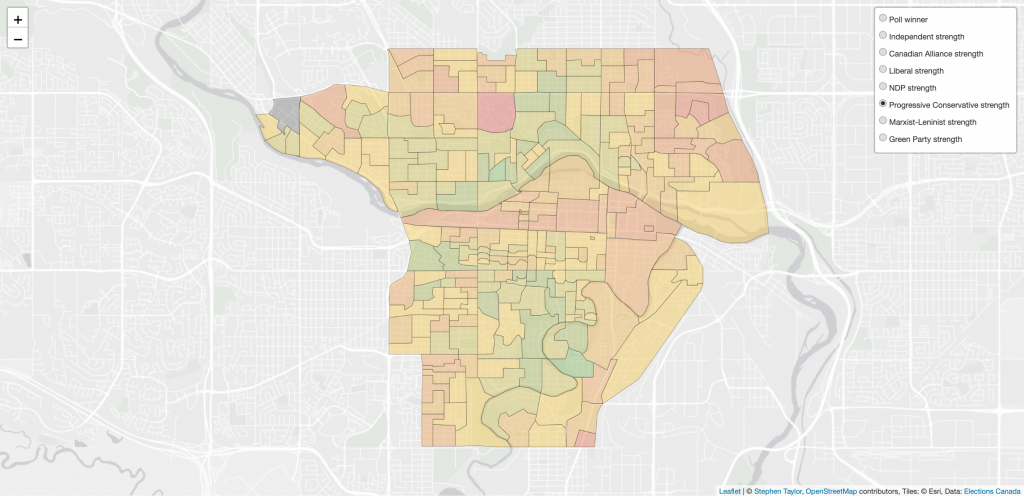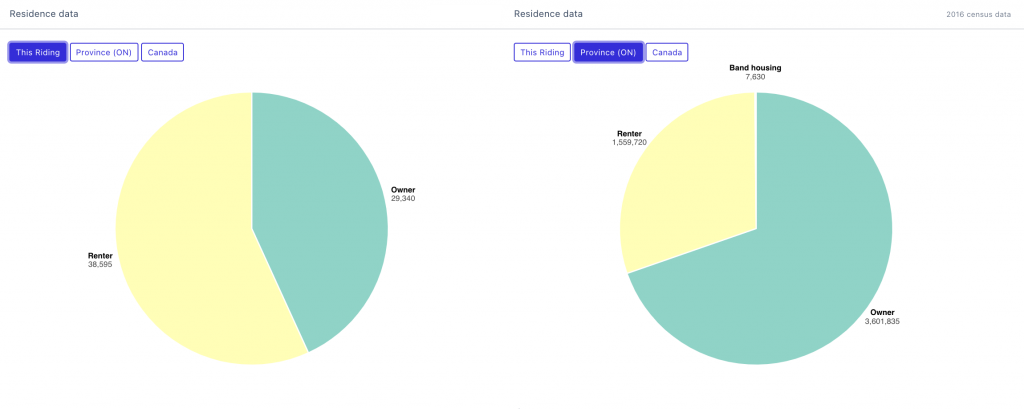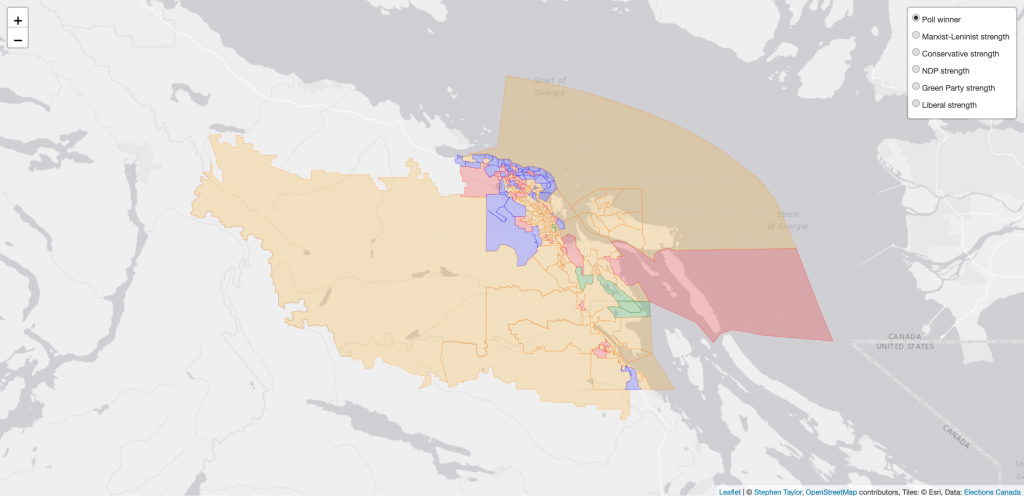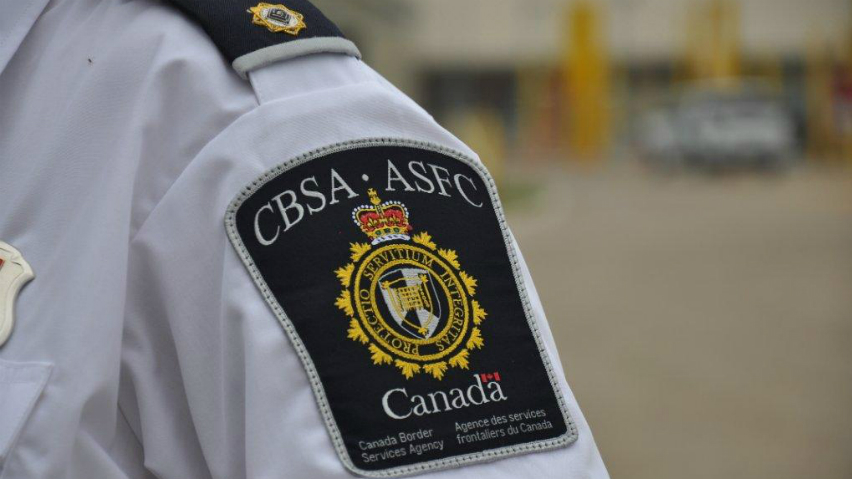We don’t often hear from Independent MP Kevin Vuong. The Liberal Party of Canada disavowed Vuong as their candidate during the 2021 election in order to insulate themselves after some previous – but serious – allegations against the Toronto resident came to light during the campaign. Vuong ended up winning the election and now sits as an independent MP for the riding of Spadina–Fort York.
Today, during Question Period, Vuong stood up to ask Prime Minister Justin Trudeau about the alleged CCP election interference scheme currently dogging his former party.
“Mr. Speaker, foreign operatives have interfered in Canada’s electoral system and our democracy. Media and CSIS documents have indicated that members of the Liberal Party and caucus were involved. Money and instant on-demand supporters were used to get pro-China candidates elected, and anti-China ones defeated. Cabinet and PMO were well-briefed on the extent of foreign interference, yet nothing was done. Why is the Prime Minister eager to turn a blind eye to shady Liberal nominations, sketchy donations, and having pro-Beijing MPs in his own caucus? Will his personally-selected special rapporteur also be investigating the Liberal Party?
Independent MP Kevin Vuong during Question Period, March 8th, 2023
In response, the Prime Minister gave what has become his standard boilerplate response which you can watch below.
Vuong elicited cheers from the opposition benches whose members may have been surprised to hear a former Liberal take the gloves off to take on his former party.
The now independent MP was ejected as a candidate for the Liberal Party in 2021 after it came to light that he was facing a fine from the Canadian Forces for failing to disclose a previous criminal charge to his commanding officer. That charge had been withdrawn in 2019.
Of course, Vuong’s allegations of CCP interference have not been proven in any court. No charges are pending, and no criminal investigation has been confirmed.
It is still unknown if Justin Trudeau knew about Beijing’s efforts to fund the election campaigns of Liberal candidates during the 2019 and 2021 federal elections, though Global reports that PMO was briefed twice about these concerns.
